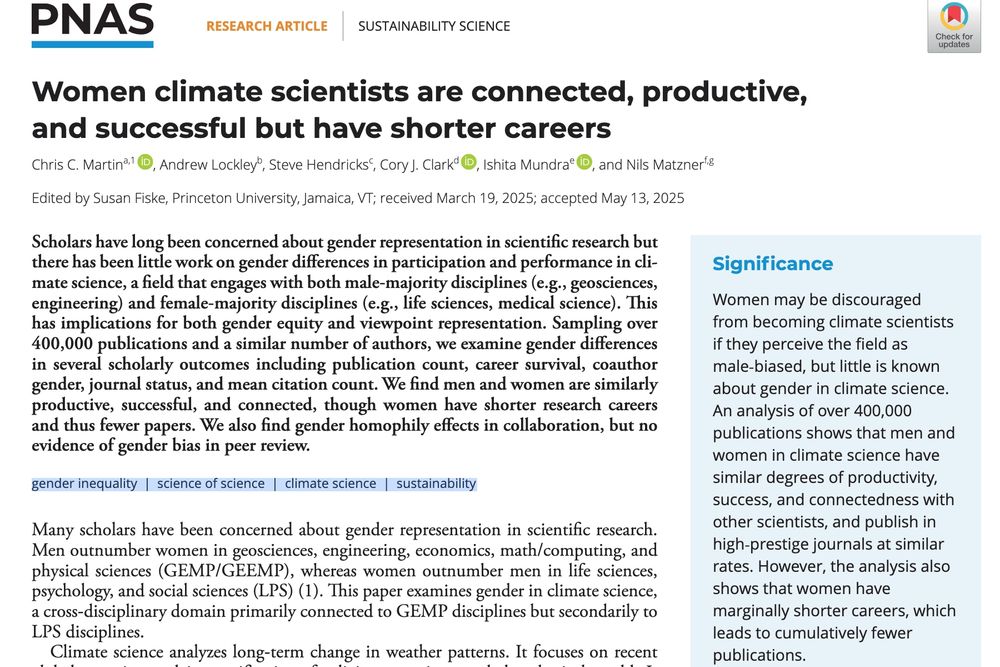Rachel Warnock
@rachelwarnock.bsky.social
830 followers
370 following
31 posts
Palaeobiologist, Professor at FAU.
Posts
Media
Videos
Starter Packs
Reposted by Rachel Warnock
Reposted by Rachel Warnock
Reposted by Rachel Warnock
Reposted by Rachel Warnock
Reposted by Rachel Warnock
Reposted by Rachel Warnock
Reposted by Rachel Warnock
Reposted by Rachel Warnock
Reposted by Rachel Warnock
Reposted by Rachel Warnock
Reposted by Rachel Warnock
Reposted by Rachel Warnock
Rachel Warnock
@rachelwarnock.bsky.social
· Aug 19
Rachel Warnock
@rachelwarnock.bsky.social
· Jul 29
Rachel Warnock
@rachelwarnock.bsky.social
· Jul 29
Reposted by Rachel Warnock

















